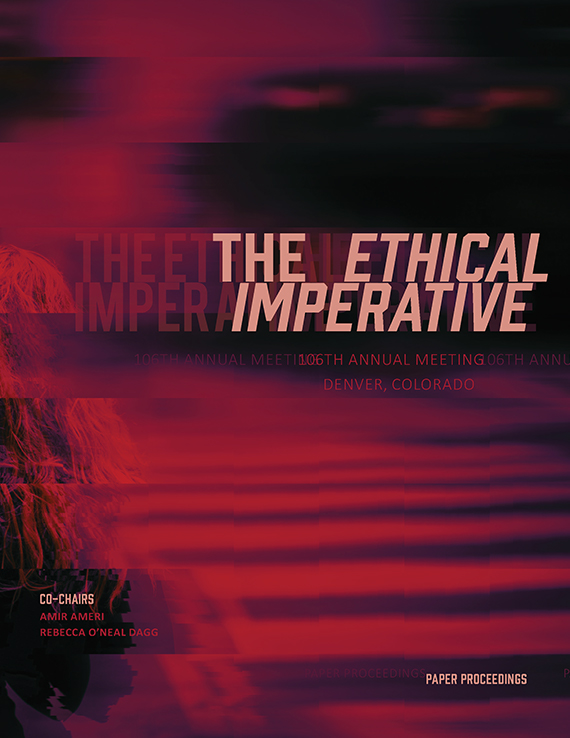Author(s): Andrew Ryan Gleeson
Mies van der Rohe’s competition projects for the Nazis – The Reichsbank of 1933, and the Brussels Pavilion of 1935 – interrogate architecture’s ability to remain autonomous from the political context in which it is embedded. A close formal examination of these two entries de-conceals many formal indeterminacies, uncovering Mies’ transitional state of mind during this period. Ambiguous, contradictory and antipodal rhetorical readings of the two projects destabilize the role politics may have served in the conception of these works.
https://doi.org/10.35483/ACSA.AM.106.42
Volume Editors
Amir Ameri & Rebecca O'Neal Dagg
ISBN
978-1-944214-15-9

 Study Architecture
Study Architecture  ProPEL
ProPEL 
